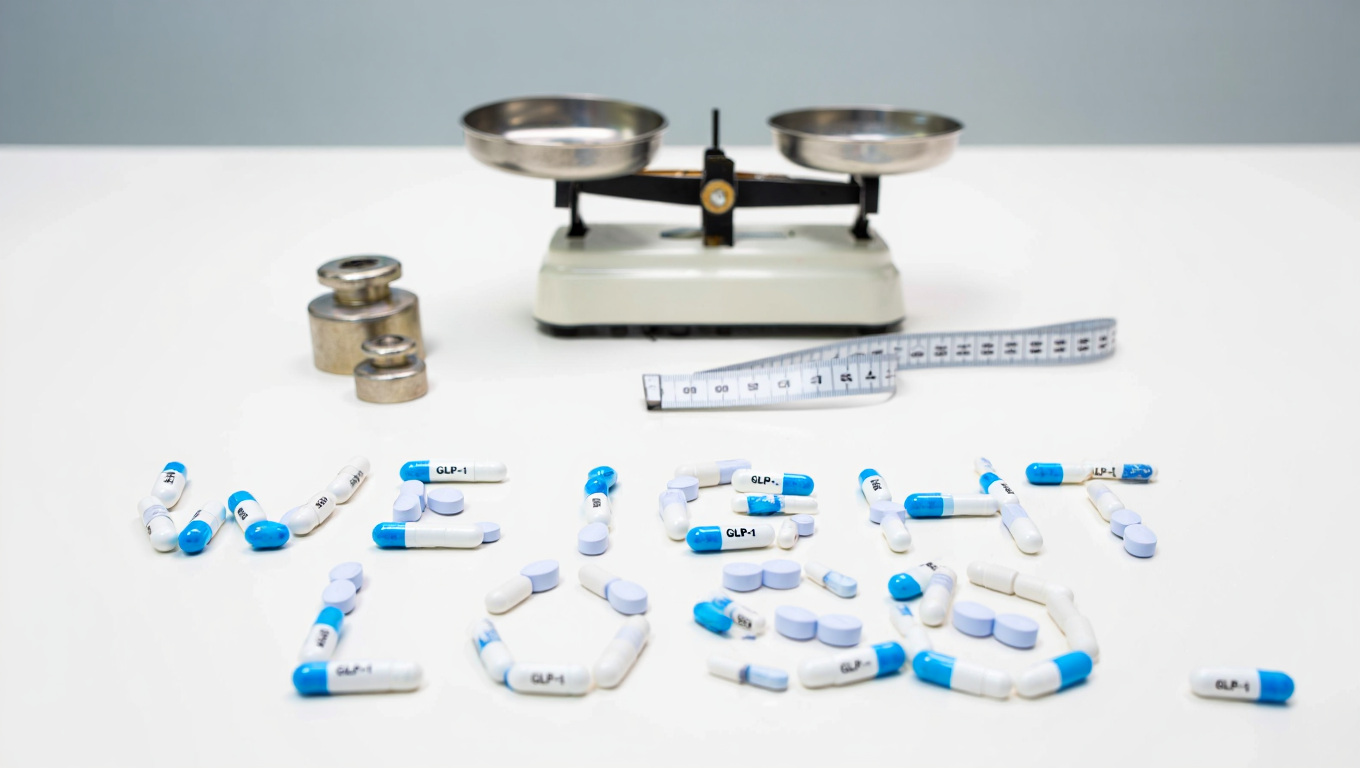
7 Ways Motion Capture is Improving Physiotherapy Outcomes

We often fear that AI will replace humans. But if we allow ourselves to lower our skepticism, we’ll see that AI is actually the best tool to supercharge human capabilities in many domains, and physiotherapy is one of them.
Physiotherapy is a field that has historically encountered obstacles in quantifying progress, frequently relying on subjective analysis and patient feedback. Today, the landscape is undergoing a dramatic transformation with the integration of AI, more specifically, motion capture technology.
This advanced movement-tracking approach is bringing about profound changes in physiotherapy outcomes. It facilitates precise evaluations of patient progress and customizes their care like never before. In this article, we will highlight seven significant improvements this remarkable technology is introducing, making the healing journey not just an art of estimation, but a science rooted in verifiable data.
Enhanced Diagnostic Accuracy
Gone are the days of ambiguity in patient assessments. Motion capture technology allows for intricate motion analysis, capturing nuances in movement that the human eye might miss. This results in pinpointing specific muscular and skeletal engagements during motion, facilitating a level of diagnostic precision previously unattainable.
Personalized Rehabilitation Programs
Leveraging the detailed insights gained from motion analysis, therapists can devise rehabilitation programs that cater directly to the unique biomechanics of each patient. This personalization ensures that exercises are targeted and effective, optimizing the recovery process for individuals based on their specific needs and capabilities.
Real-time Feedback and Adjustments
Motion capture technology transforms therapy sessions with live feedback. If a patient’s form or motion deviates from the ideal, therapists can make immediate corrections. This instantaneity ensures exercises are performed correctly, maximizing the benefit of each session and preventing inadvertent strain or injury due to incorrect form.
Improved Patient Engagement and Compliance
The technology's interactive element revolutionizes patient experience. Seeing a visual representation of their motion and progress, patients become more engaged. This active involvement enhances their understanding of the rehabilitation process, fostering greater compliance and consistency in performing exercises.
Objective Monitoring of Patient Progress
With motion capture, progress is no longer subjective. The technology provides hard data points that objectively illustrate how a patient is improving, allowing for definitive, transparent, and motivating progress tracking.
Enhanced Remote Therapy Opportunities
The recent global health crises underscored the importance of accessible healthcare solutions. Motion capture technology extends physiotherapy beyond clinic walls, making remote sessions more productive by providing therapists a clearer picture of patient motion and form, replicating the in-person experience.
Long-term Health Benefits and Prevention of Re-Injuries
The meticulous nature of motion capture-assisted therapy promotes deeper recovery, addressing underlying issues that might lead to re-injuries. Patients don't just heal; they regain strength and learn movement patterns that contribute to healthier living and injury prevention.
By offering unparalleled precision, personalization, and accuracy, motion capture technology is undeniably transforming the field of physiotherapy. Accessing the benefits of this technology is less complicated than it seems, thanks to AI motion tracking companies like Sency, which is at the forefront of this innovation.
Sency's capabilities include comprehensive MSK (musculoskeletal) body assessments, real-time form correction, and detailed progression tracking, among many other features, all of which are paving the way for a new era in remote healthcare and rehabilitation. With its motion tracking SDK, Sency enables any company to integrate this advanced technology into their existing platforms in just a few days.
Explore how Sency's motion capture solutions can enhance your physiotherapy practice or health app. Reach out to discover more about our game-changing technology.
.png)






.svg)
